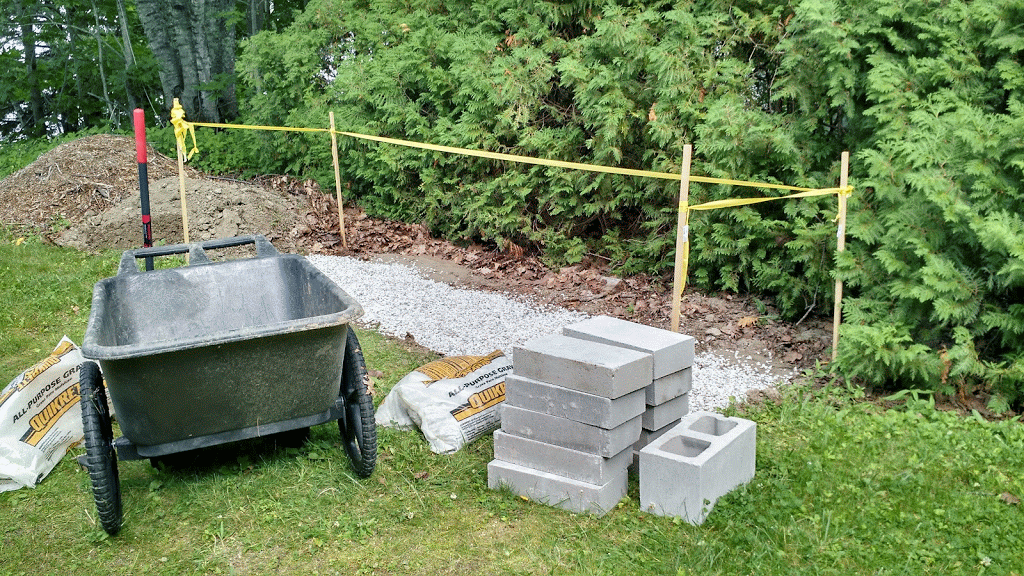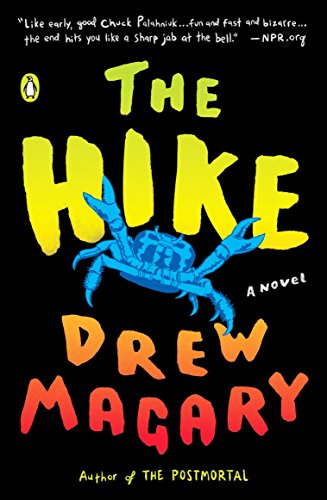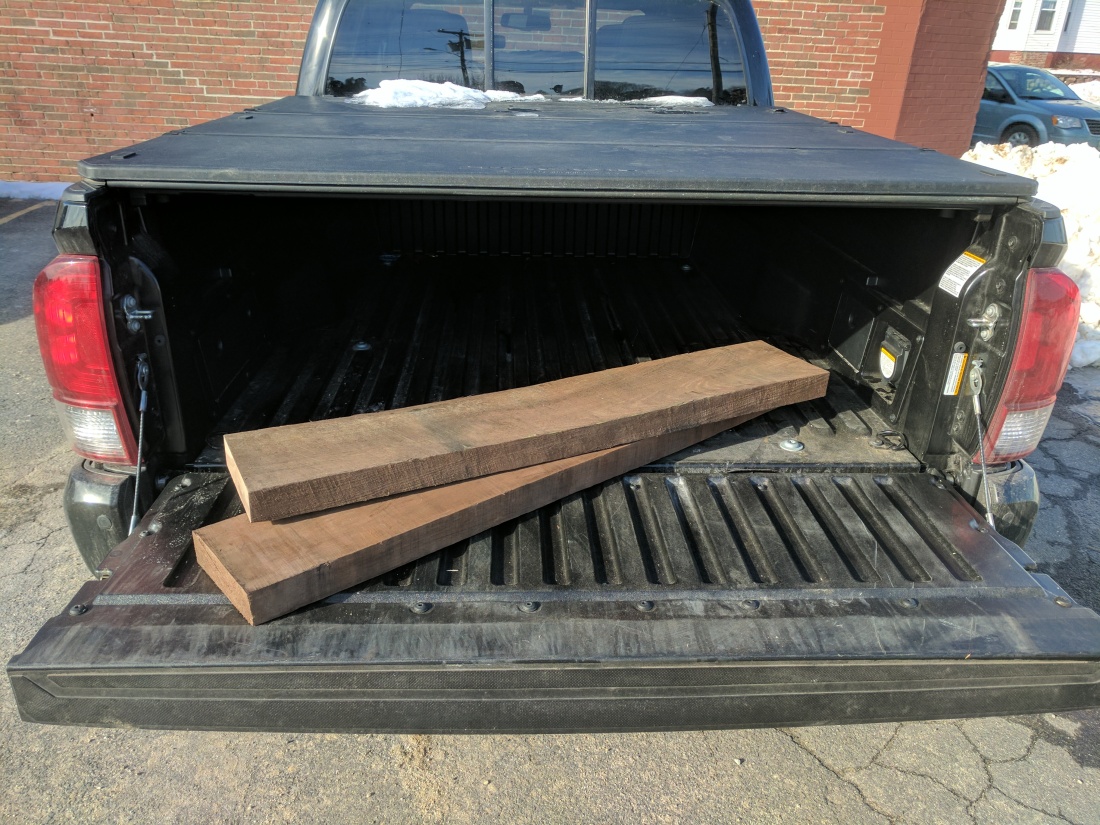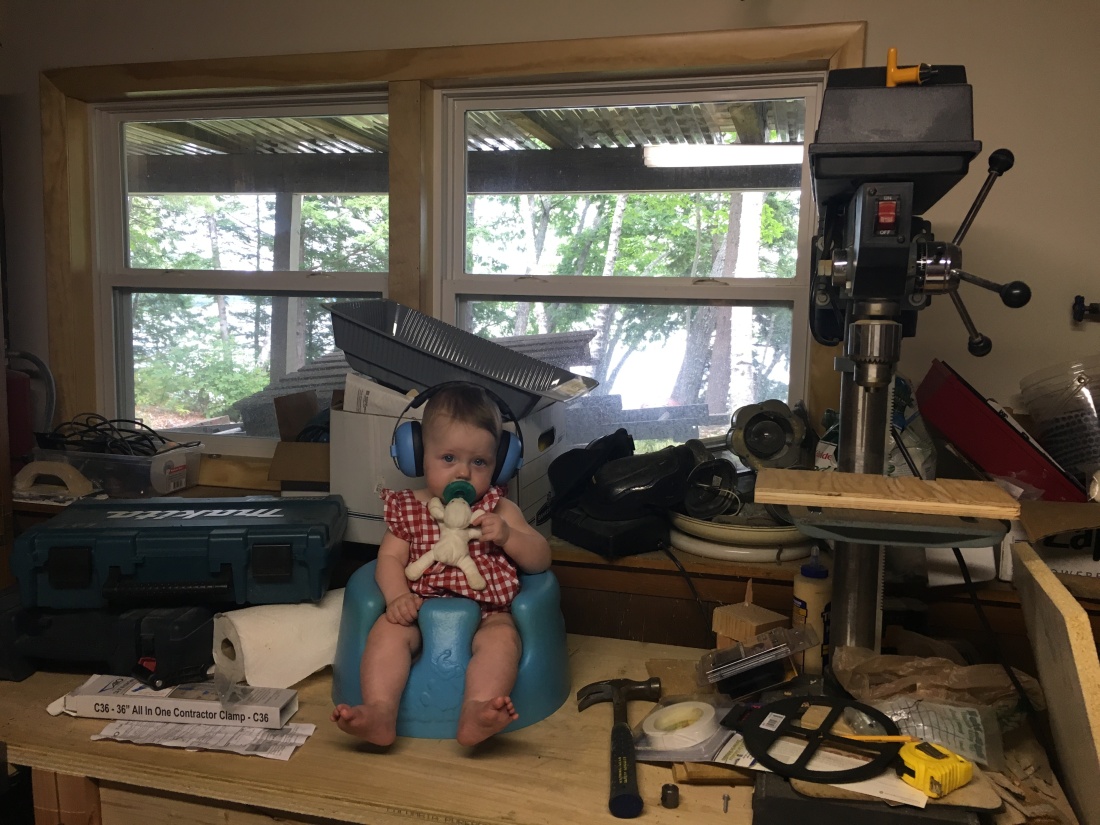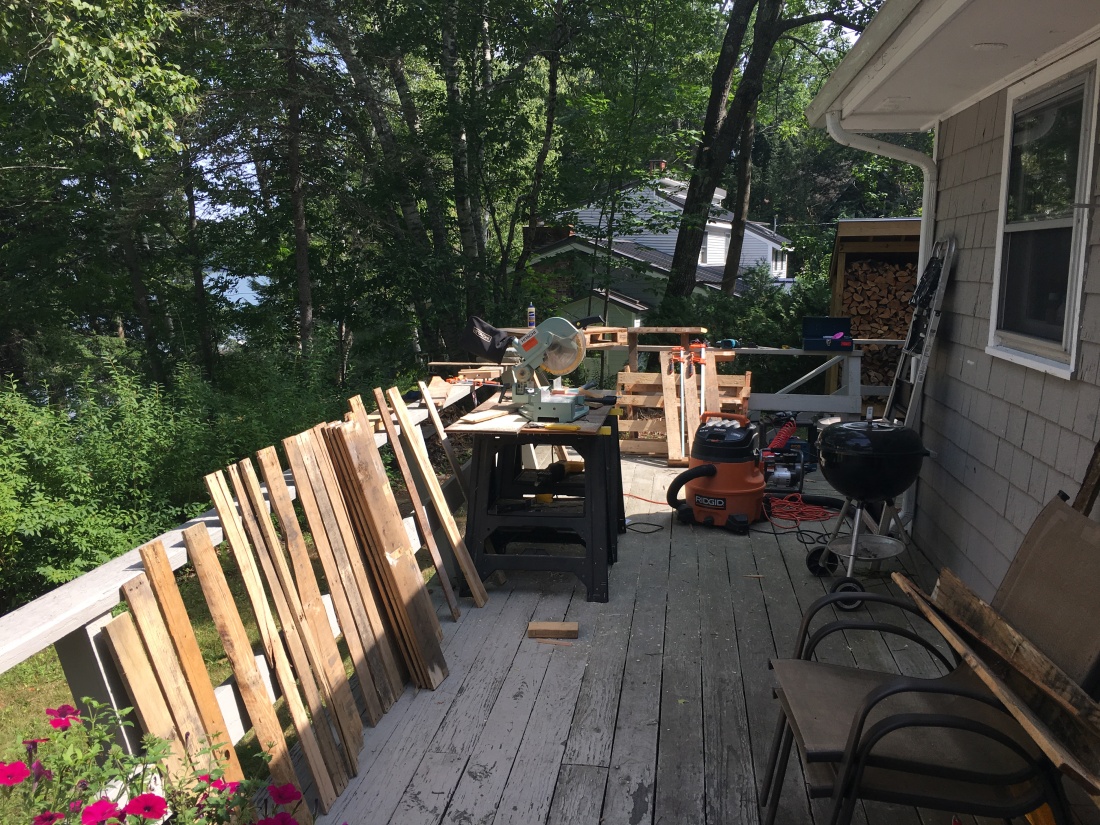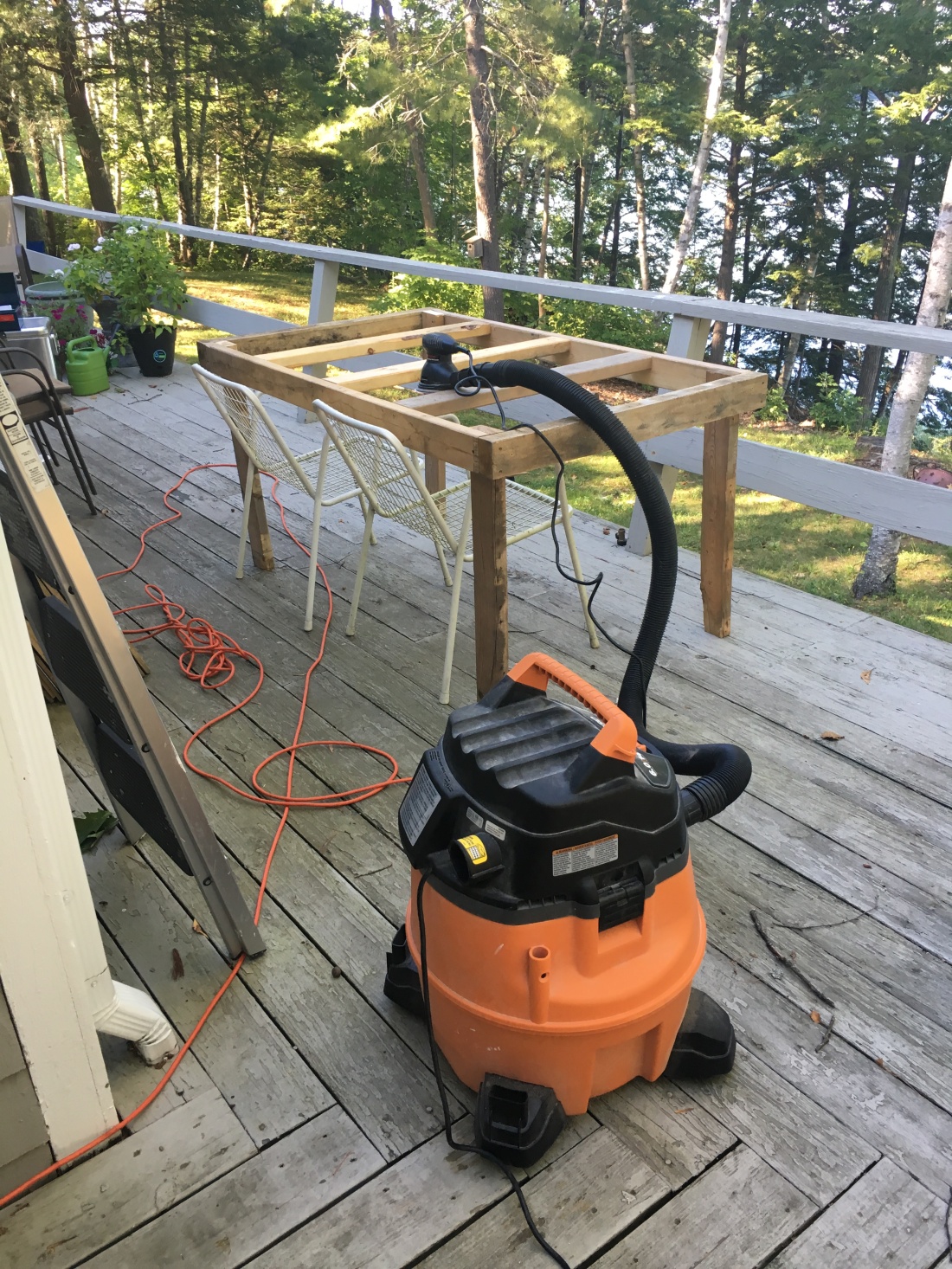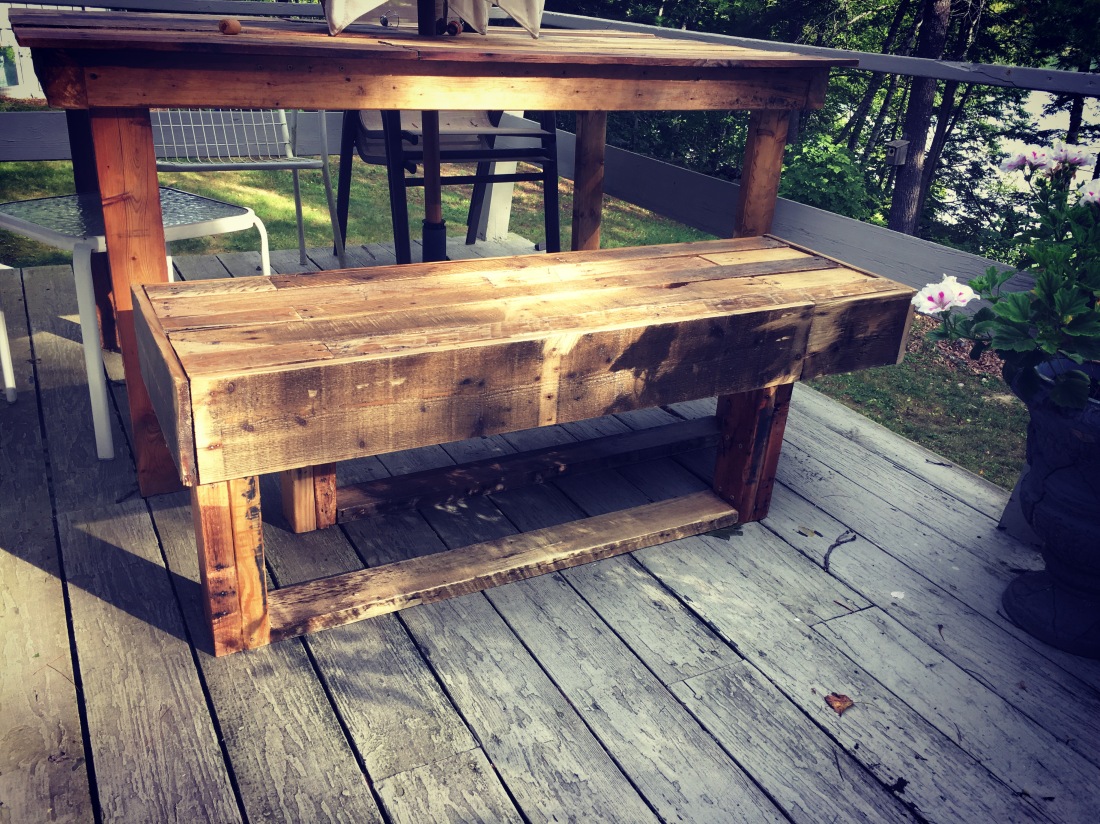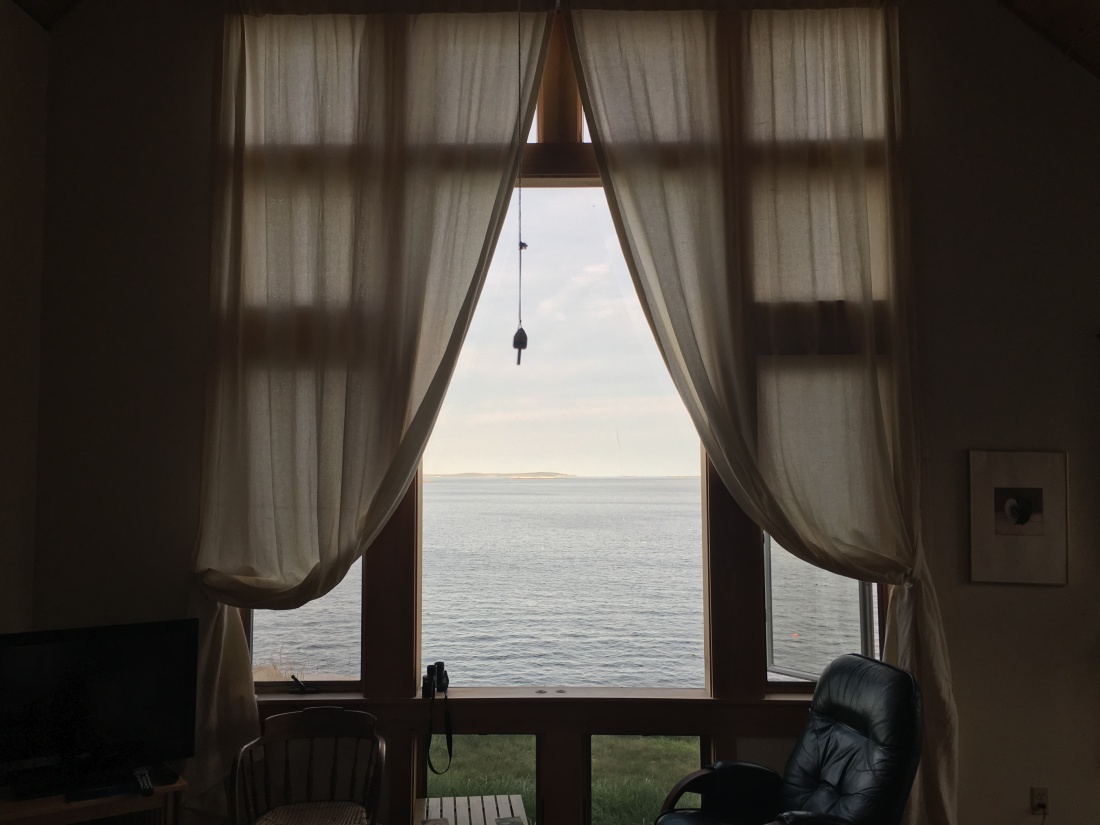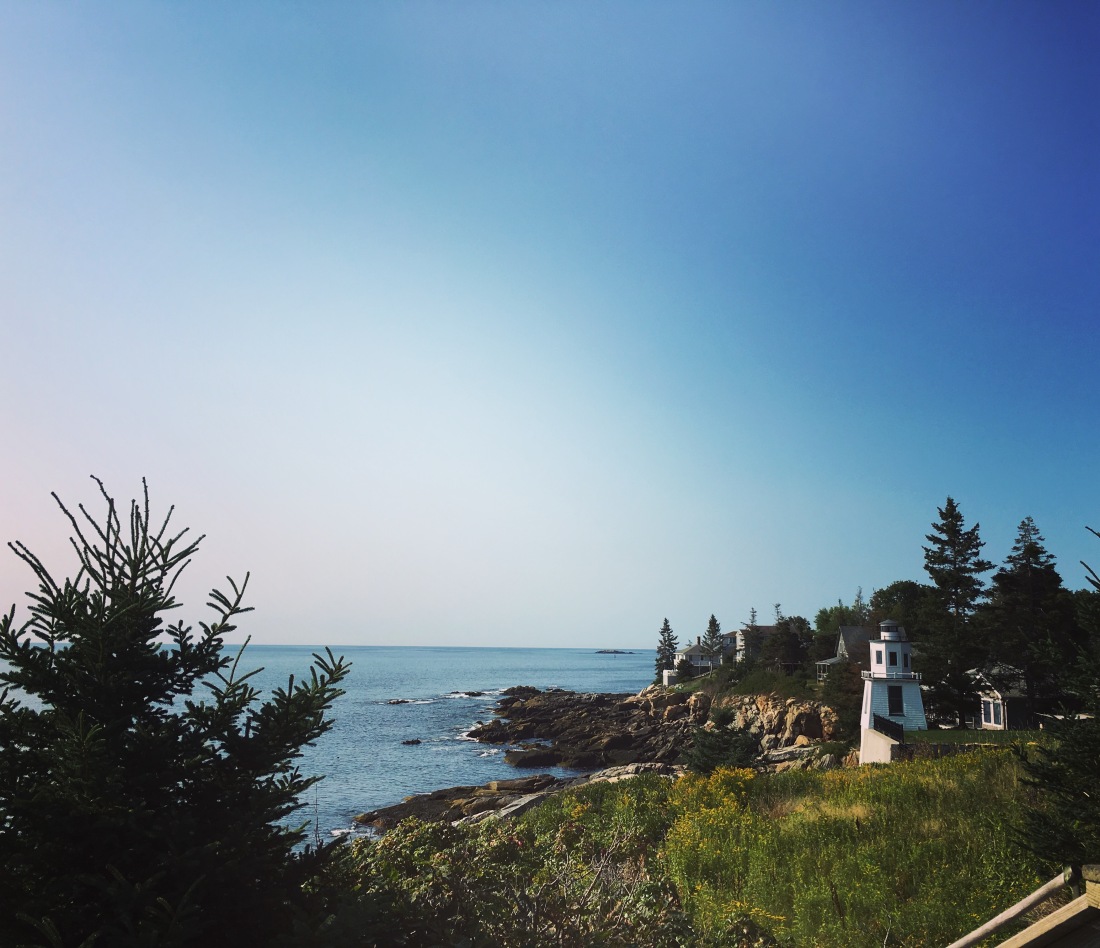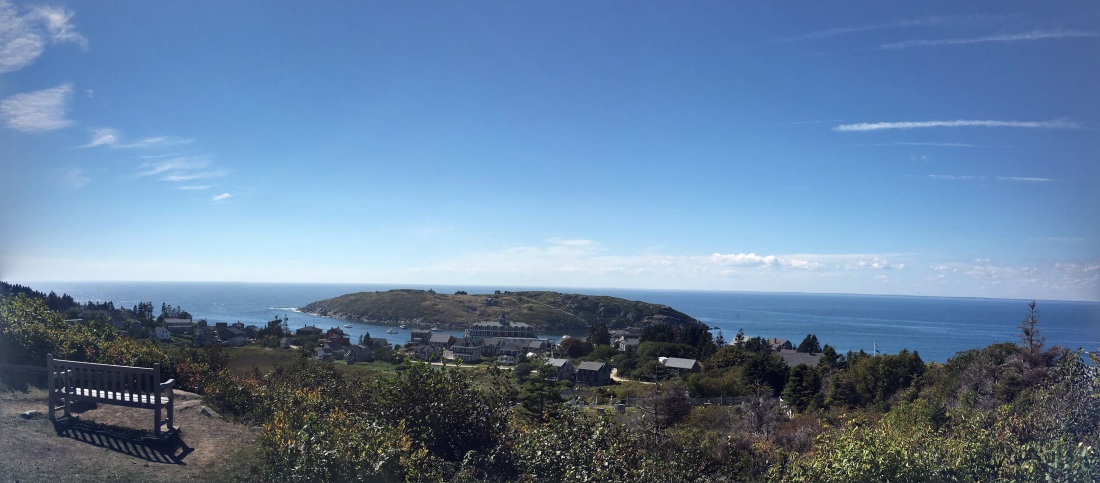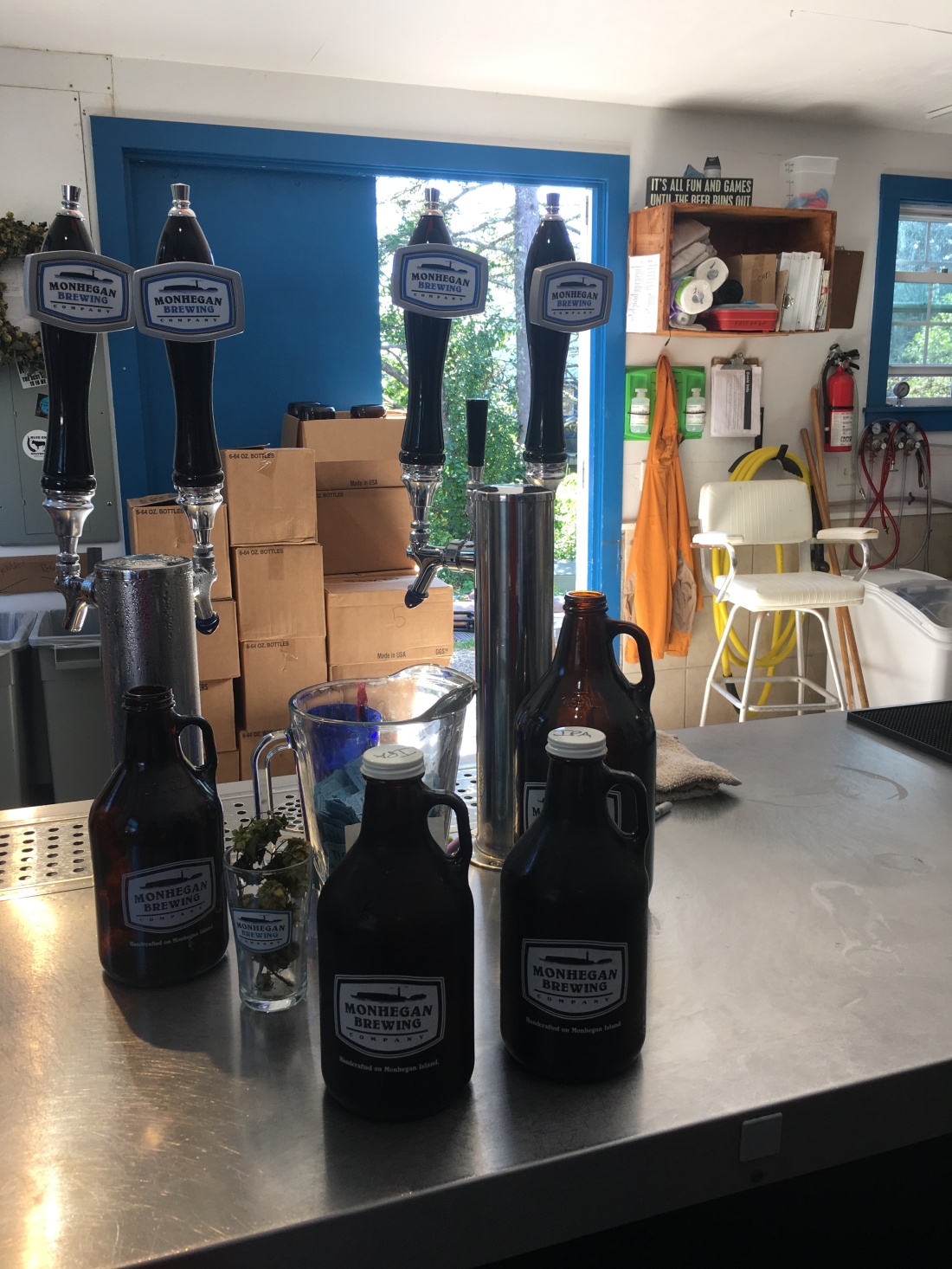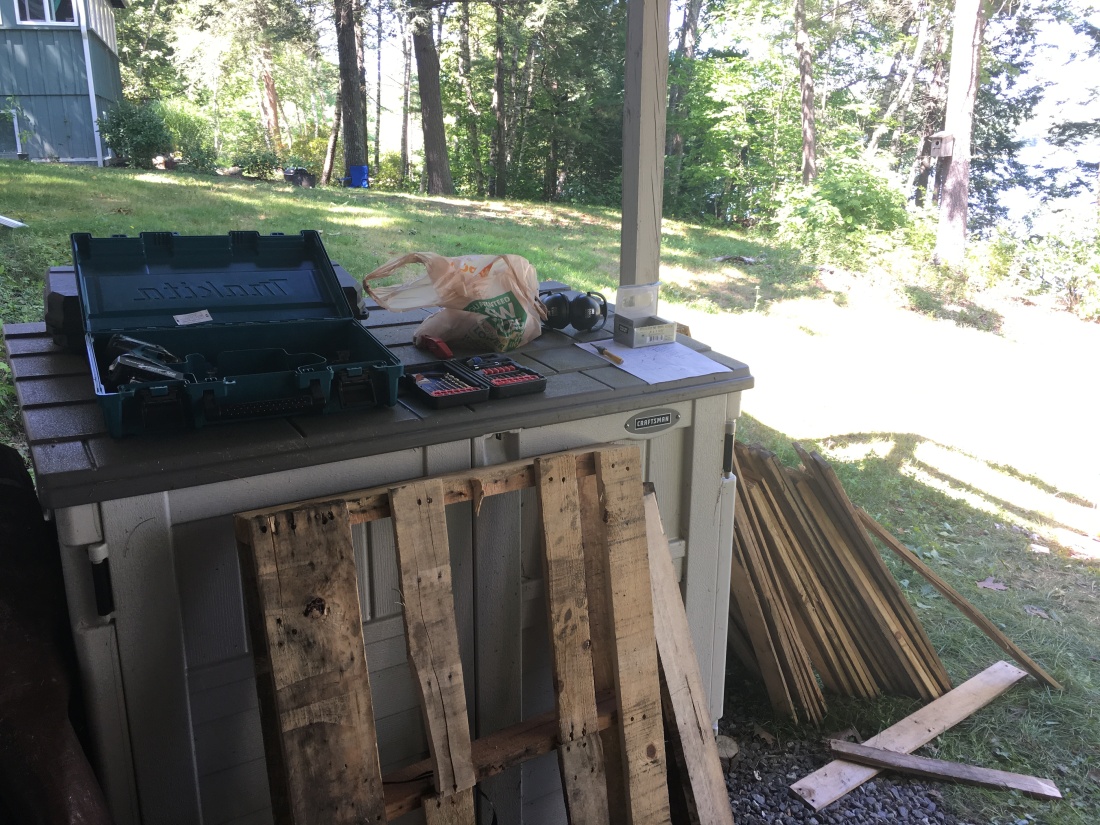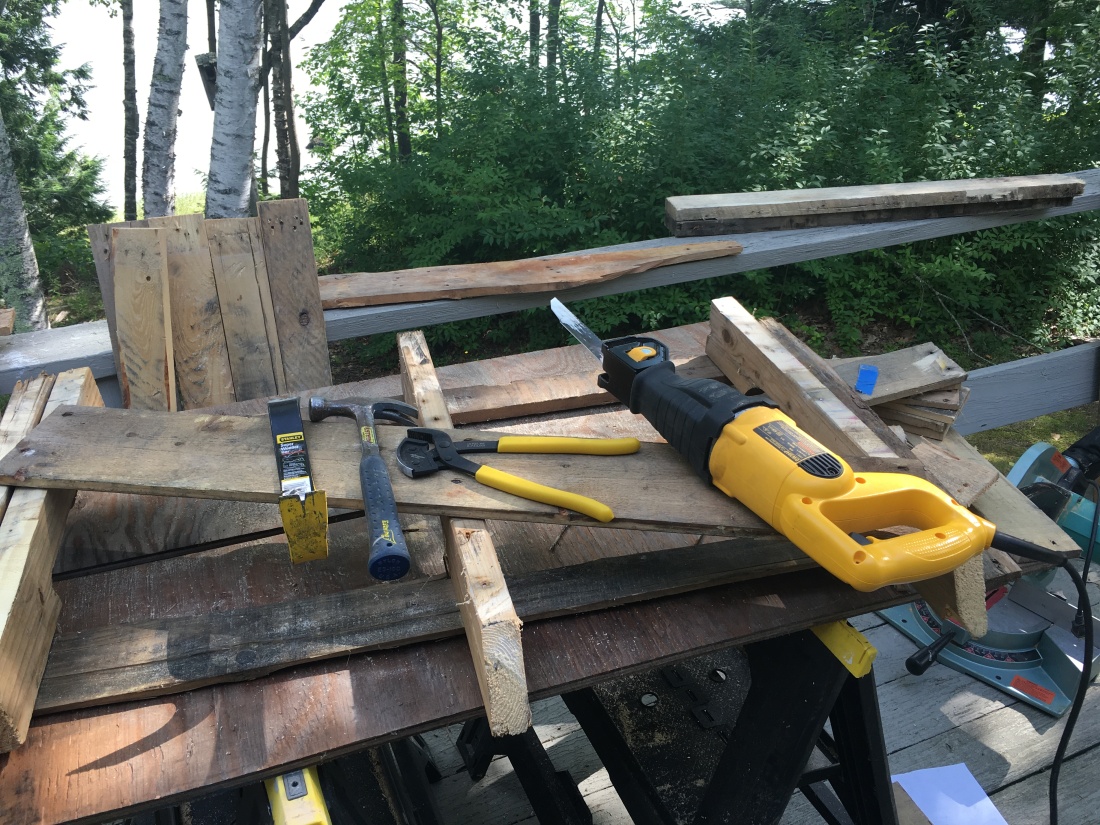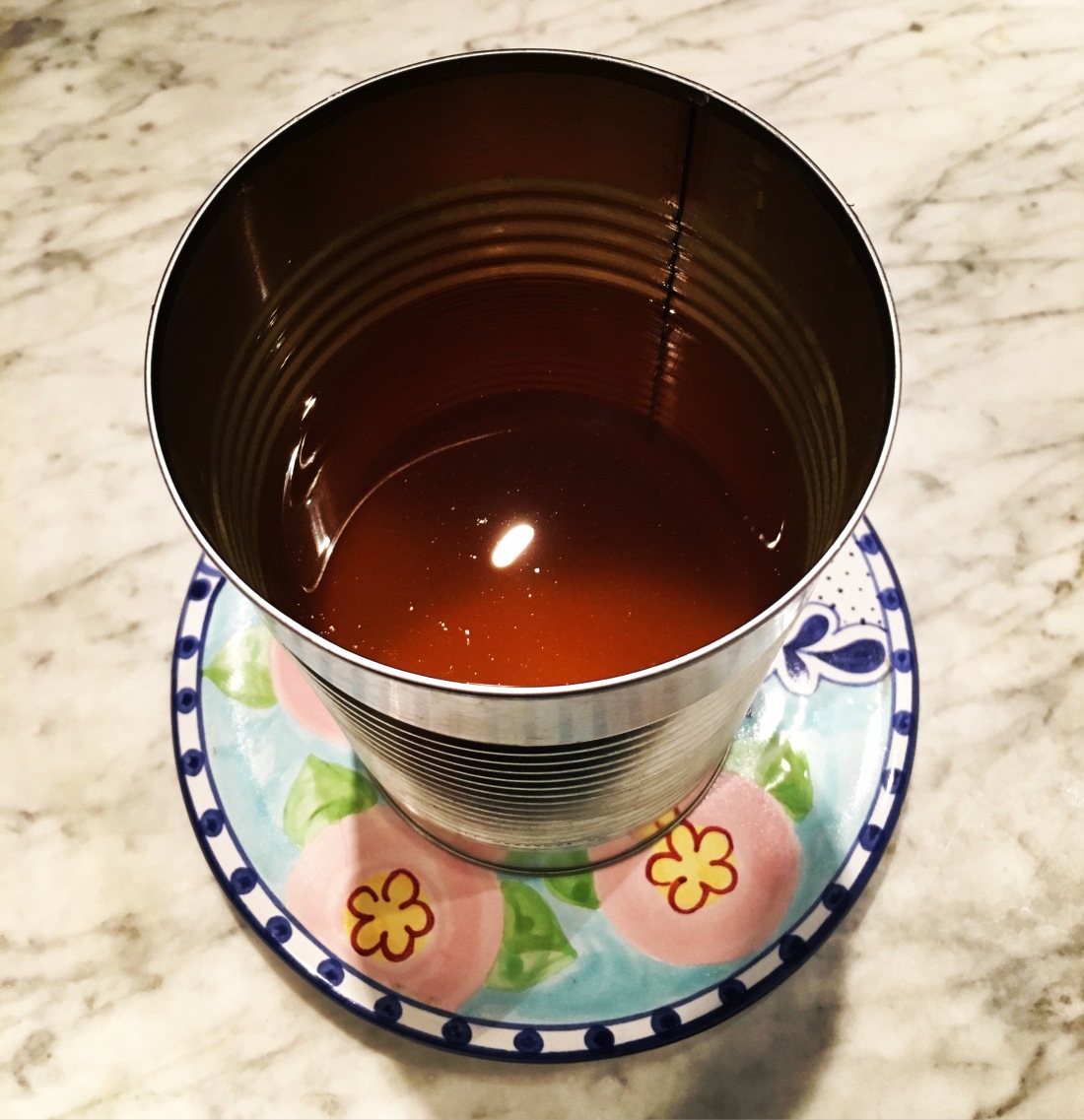This summer’s vacation was unpredictable, as could have been predicted. Rather than the usual three week stretch to close out the summer, it was one off at a cottage up north, a week back in the office, than two more of staycation, where staycation means working as a general contractor on our house. And as with most best laid plans, things didn’t quite go according to schedule thanks to some fun daycare viruses.
For all that, however, it was a great break, one that allowed me to recharge the batteries with the Monktoberfest looming and the usual fall travel slate right on its heels. I didn’t get to about half of my to do’s, and the world beyond the great state of Maine had a rough few weeks as is typical, but any vacation that ends without a trip to the ER is a good one in my book.
Here’s how things went.
For week one, we rented a cottage just around the corner from where our wedding reception was and across the street from the Atlantic.

Just across the water on the other side of the peninsula from us was Coveside, one of our favorite restaurants on the water. And by on the water, I mean that while sitting at the bar you get to hear the hostess scrambling to find out a new mooring for an incoming vessel over marine radio because someone was parked in the wrong place.

One peninsula over is Pemaquid Beach, which reminds me a bit of the beaches I grew up going to on the Cape, just with thousands fewer people.

While, unlike the cape, there are no white sharks at Pemaquid (yet), we weren’t completely lacking in sharks.
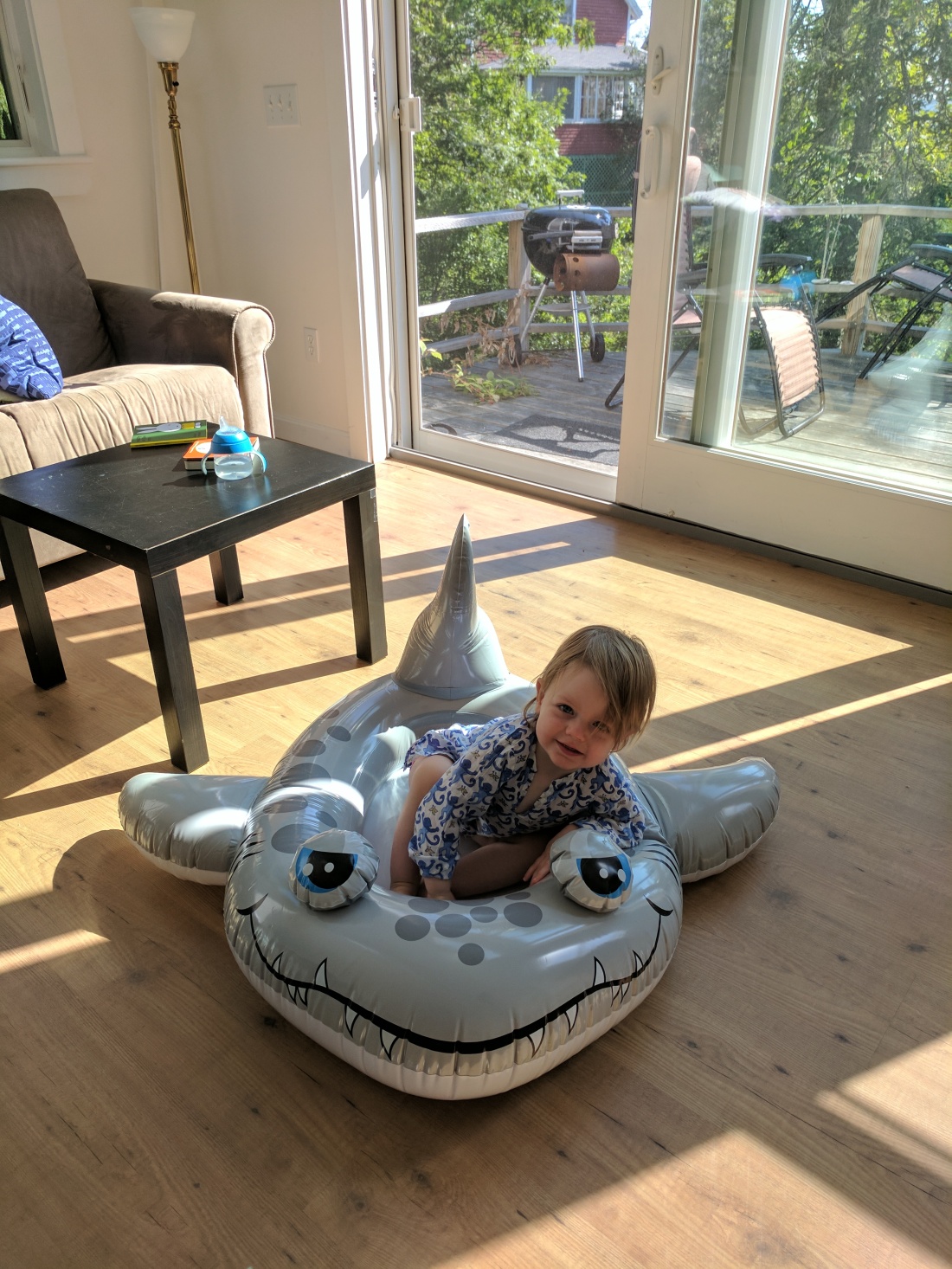
If you’re up that way, visiting places like Fort William Henry is a nice combo of colonial history with a lot of room for kids to run around.

And as long as you’re there, might as well eat out on the dock at the Contented Sole which is less than half a mile away.

After a week up north that went too fast, as it always does, it was back to work for a week. Though to be fair, some of that work involved visiting breweries, so it wasn’t all bad. Either way, the following Saturday I headed down to Fenway to see the Red Sox play the Yankees. It was the first time I’ve seen Chris Sale throw live.

The game was the same day as the massive anti-Nazi counter-protests in Boston, which if I’d had time I would have come down early for. As it was, however, the TV trucks were out in force wrapping things up when I walked over to Fenway from South Station along the south side of the Commons.

While at Fenway, I secured my annual replacement hat. Fun bit of SOG Trivia: any Red Sox hat you see on my head was bought at the park. There has never been an exception to this rule.

Bright and early Monday morning, I made the first of several trips to Home Depot to pick up lumber.

First up was ripping out the crappy wire shelves in our kitchen pantry and replacing them with slightly less crappy melamine coated alternatives. Because a kitchen remodel is on the table at some point, we didn’t go nuts with anything terribly fancy (though the sliding shelves I looked at were cool), just something basic that would be better than what we had originally.

Next up was a closet organizer for the bedroom. As with the kitchen, the bedroom is likely to get torn up at some point so we kept the plans simple. The good news is that I learned from last year’s disaster which nearly cost me the tip of a finger, and things went much more smoothly this time around.
Not least because I finally saved up enough to buy a very pricy, but safe, SawStop tablesaw a few months ago. The larger cabinet models have a lot of advantages over the jobsite model I got, but there’s not much that beats working outside in the summer, so portability is huge.

While I didn’t injure myself this year, assuming a minor burn with an iron doesn’t count, my execution was not without incident. While cutting the dadoes (read: grooves) for the closet organizer shelves, an enormous wasp landed on my arm. I jerked the arm, the arm knocked the guide for the router and, well, it didn’t end well. Except that I didn’t get stung, which was nice.

But as these shelves are not intended to be permanent, I didn’t sweat it and just put a shelf right above it. Note that after last year’s debacle, I have a far more reasonable number of clamps for assembly.

The final product is not going to win any awards, but makes far better use of the tiny closet than the single bar and shelf that were in there previously.
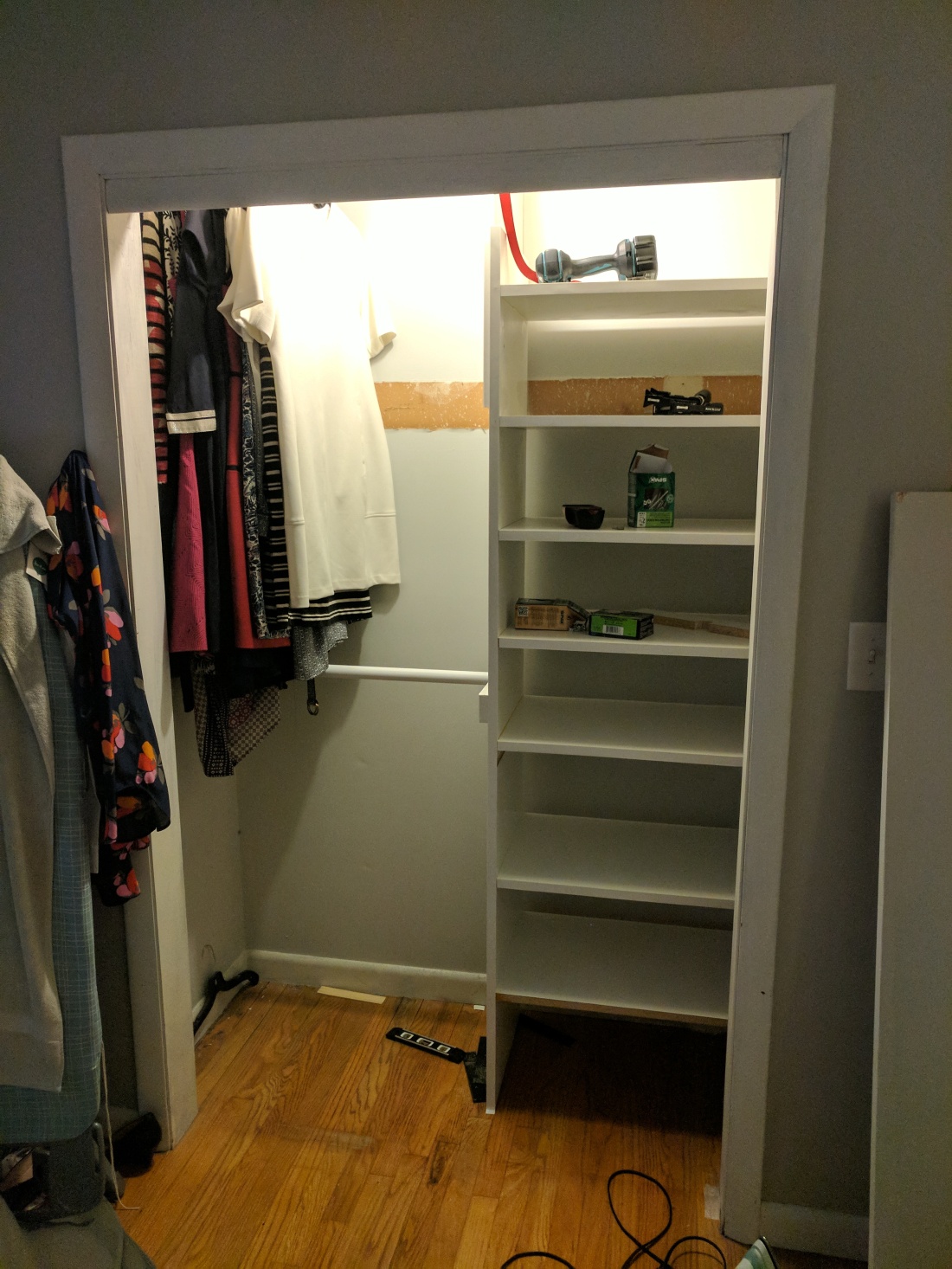
In the market for some new deck chairs but short on time, I turned to a simple design based on regular old dimensional lumber. These are dead simple to build, to the point that you could knock several out in an afternoon pretty easily. We’ll see how the pine holds up outdoors, but the plan is to pickle and then seal them with poly and epoxy feet. Worst case and they don’t hold up, I’m out less than fifty bucks worth of lumber and an afternoon. Best case is that I have two new roomy deck chairs for less than a hundred bucks.

The last home improvement project I was able to get to was one that has been planned for years. One of the first things we did when we bought our house was rip out an unfortunately located closet that was smack in the middle of the living room. With the help of our friend Corey, we demoed the closet and later sealed it up with sheetrock. We’d ignored the strips of missing flooring, however, punting on that and leaving holes like this one.

The first problem with patching the floor was finding someone who would sell me less than dozens of square feet of flooring. I eventually ended up at Lumber Liquidators, where they had a lot of oak flooring in the right size for $8 or so. After purchase, however, they apparently discovered that they didn’t actually have a lot that small, so shipped me four times as much as I ordered. The good news is that it was still $8. The bad news is that I have a shitload of 3/4″ x 2 1/4″ oak flooring left over that I don’t need.
But either way, I was relieved to finally, years after ripping out the closet, be able to cross “patch flooring” off of my house projects to do list. And before someone says “why didn’t you try and match the existing flooring, that looks ugly AF,” note that a) the majority of these patches are covered by carpeting and b) if we relocate the stairs as we expect to this is all going to get torn up anyway.
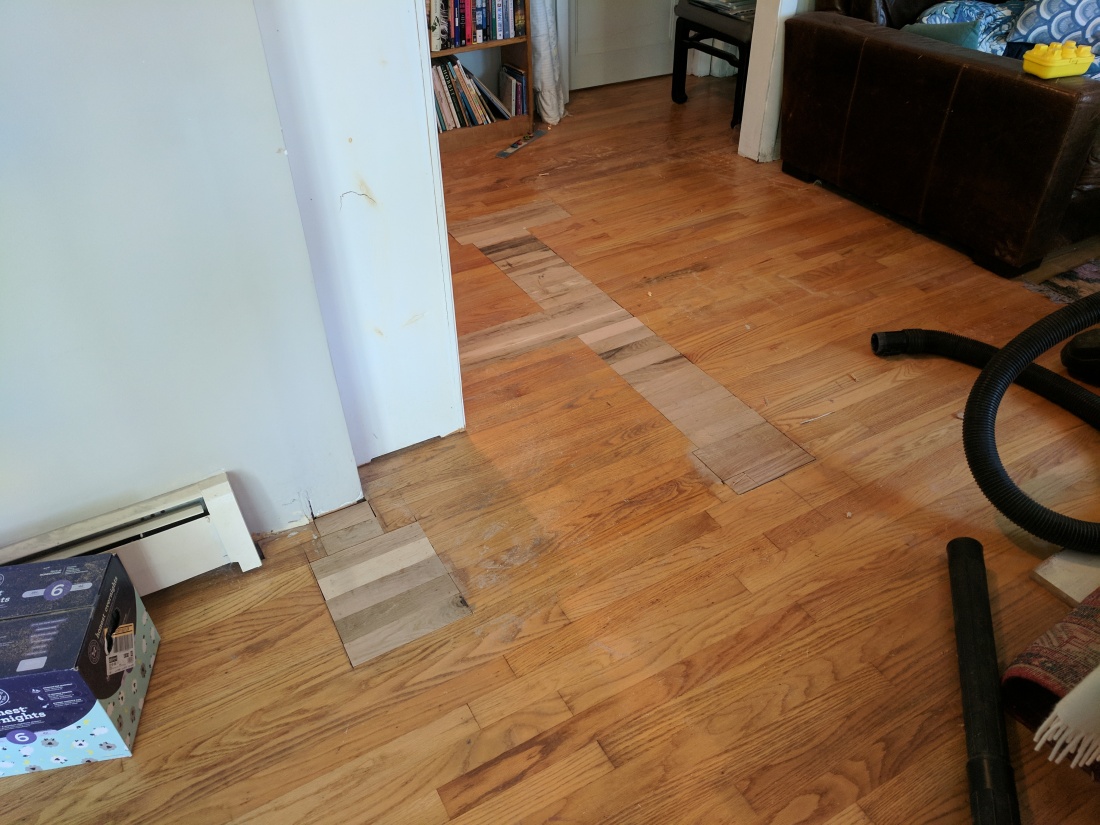
Lest you think it was staycation was all DIY all the time, I did manage to get out and about. My brother and his kids were up the first week, which was awesome. My parents have saved literally everything everything Nick and I played with as kids.
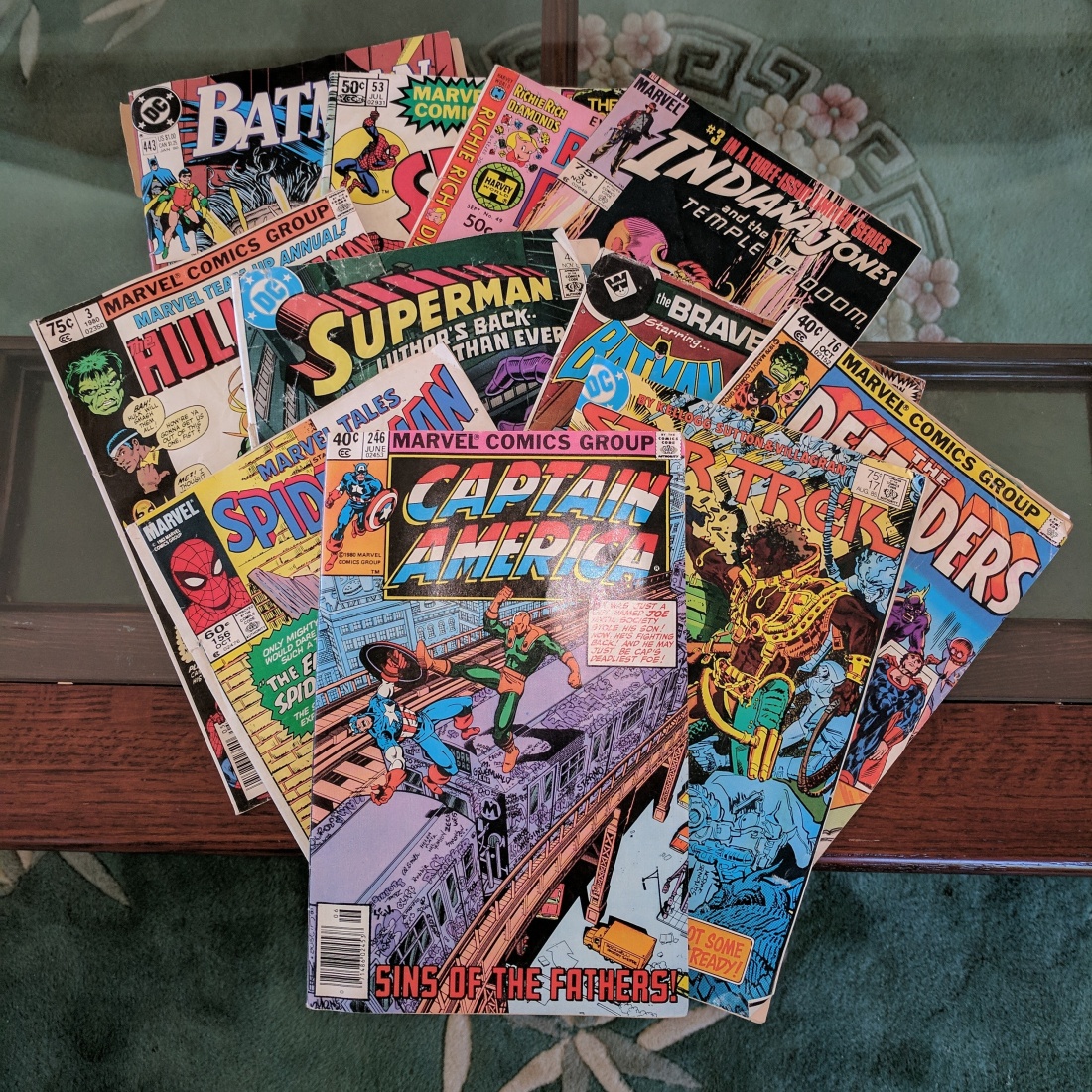
Along with her cousins, Eleanor got to pick fresh blueberries from my parents garden. Not too many actually made it back to the house, but she enjoyed it.

The day before my brother and his family headed home, we all went over to the former naval airbase in Brunswick because the Blue Angels were in town.

But while I got to see my favorite aircraft of all time, it turns out that toddlers that refuse to wear their hearing protection are not super excited about jets that roar past a hundred feet off the deck. Our time there, then, was regrettably brief.

We also got the chance to visit Five Islands while my brother was up. It’s always rated as one of the best lobster pounds in Maine, and is picturesque enough that it’s been featured in a couple of national commercials. It’s also a couple of miles from where my parents live.

One of the days Eleanor was out from daycare, we got to visit her happy place.

On the second to last day of my vacation, I got to visit mine. Temps were in the mid-sixties rather than the eighties that characterize my visits usually, but as an O’Grady I’m obligated to swim regardless of what the air or water temps are. Cold or not, there’s nothing like closing out the summer by drying yourself on a rock next to a waterfall drinking a nice craft beer.

Time to start planning for Summer 2018.


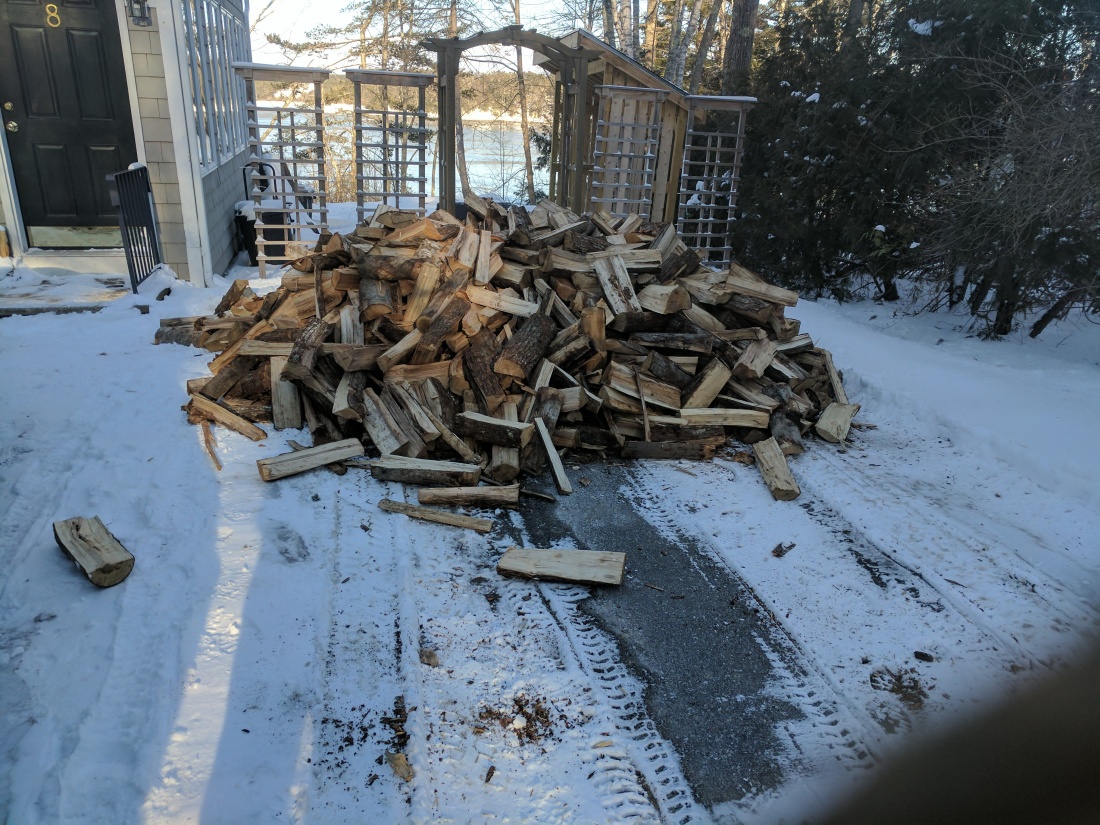
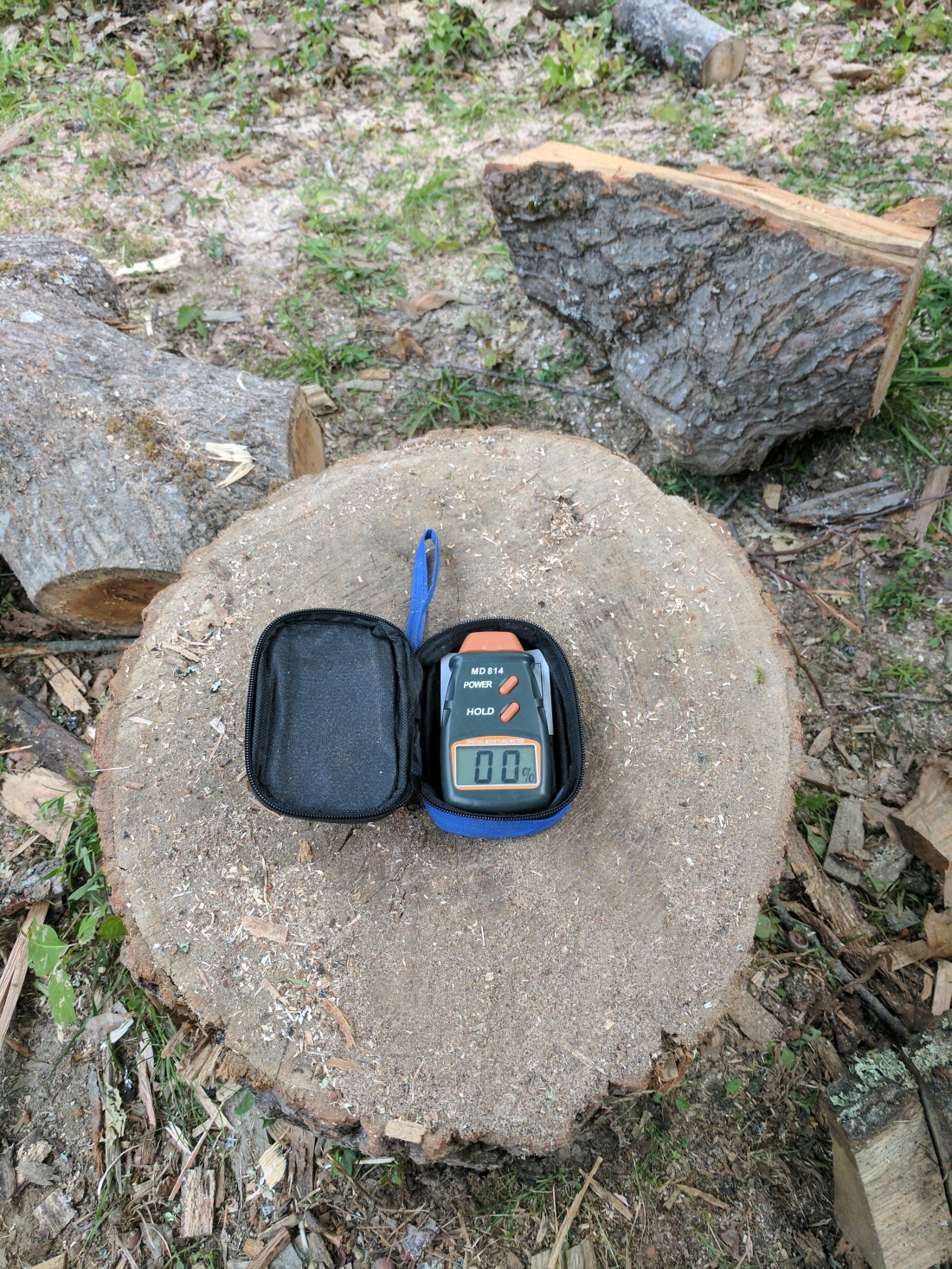
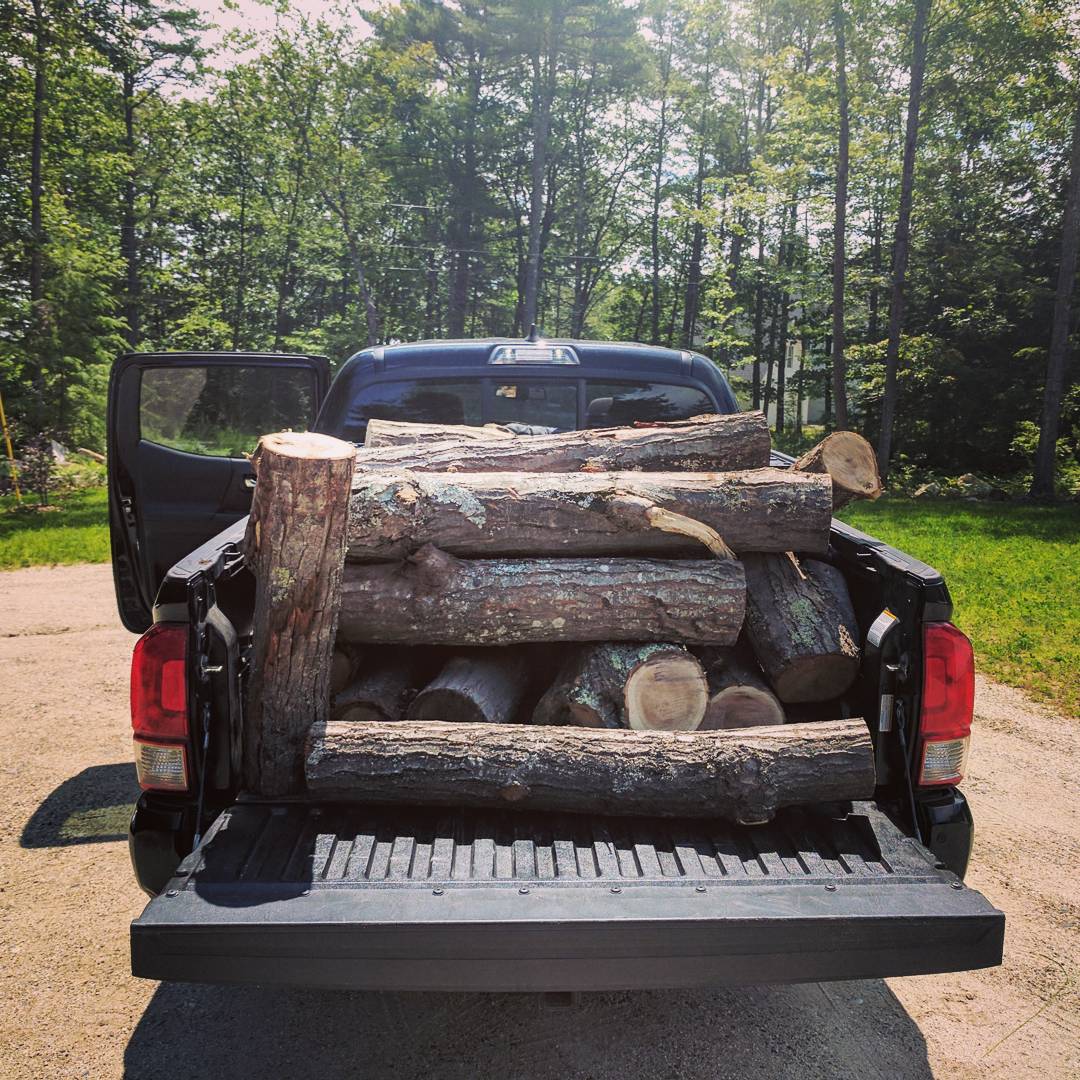




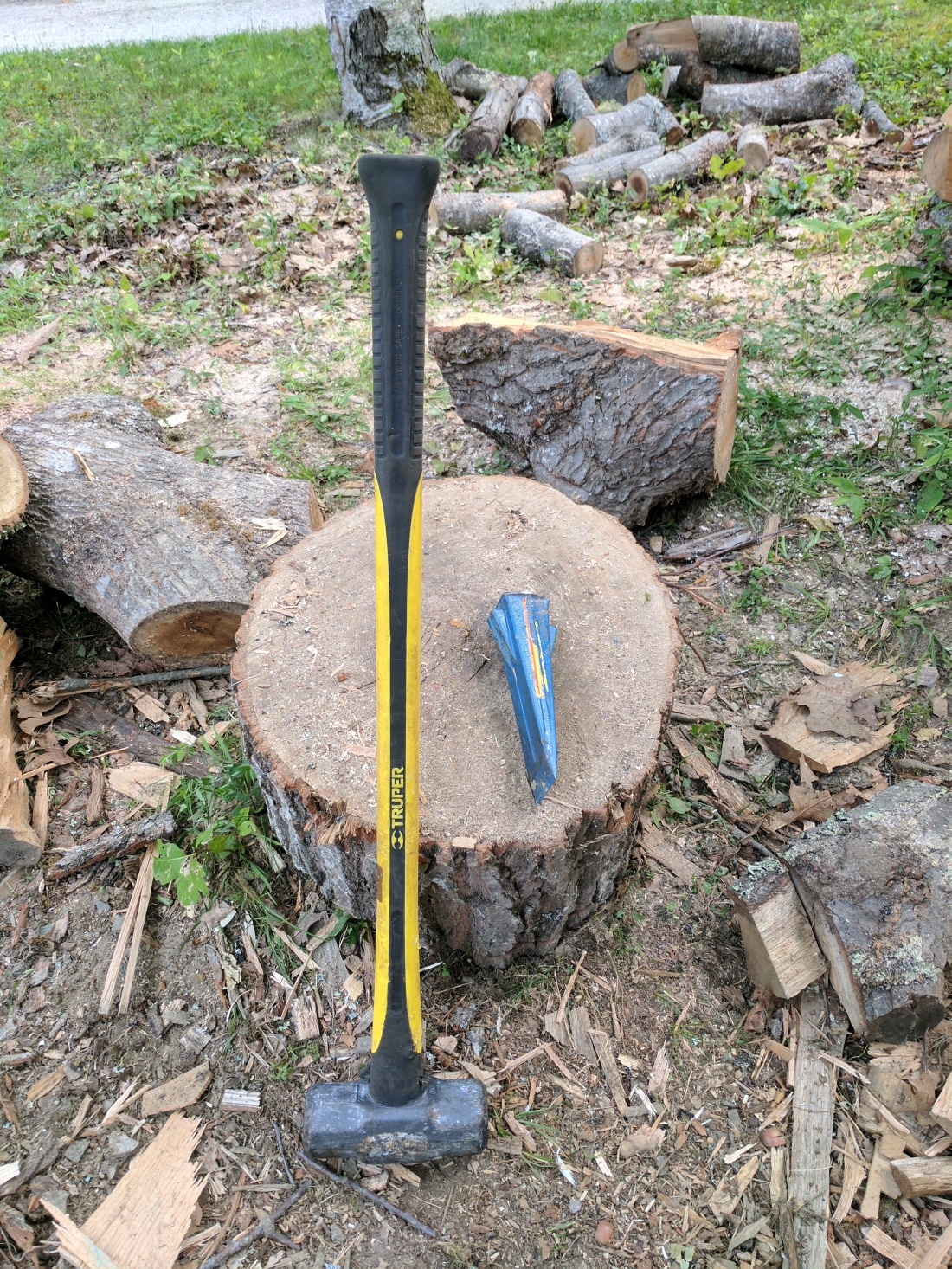 Nothing fancy about
Nothing fancy about 

